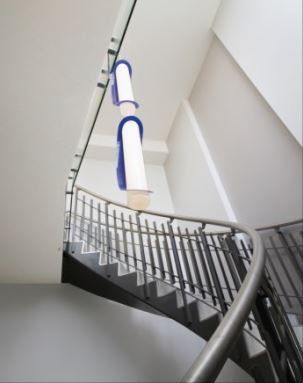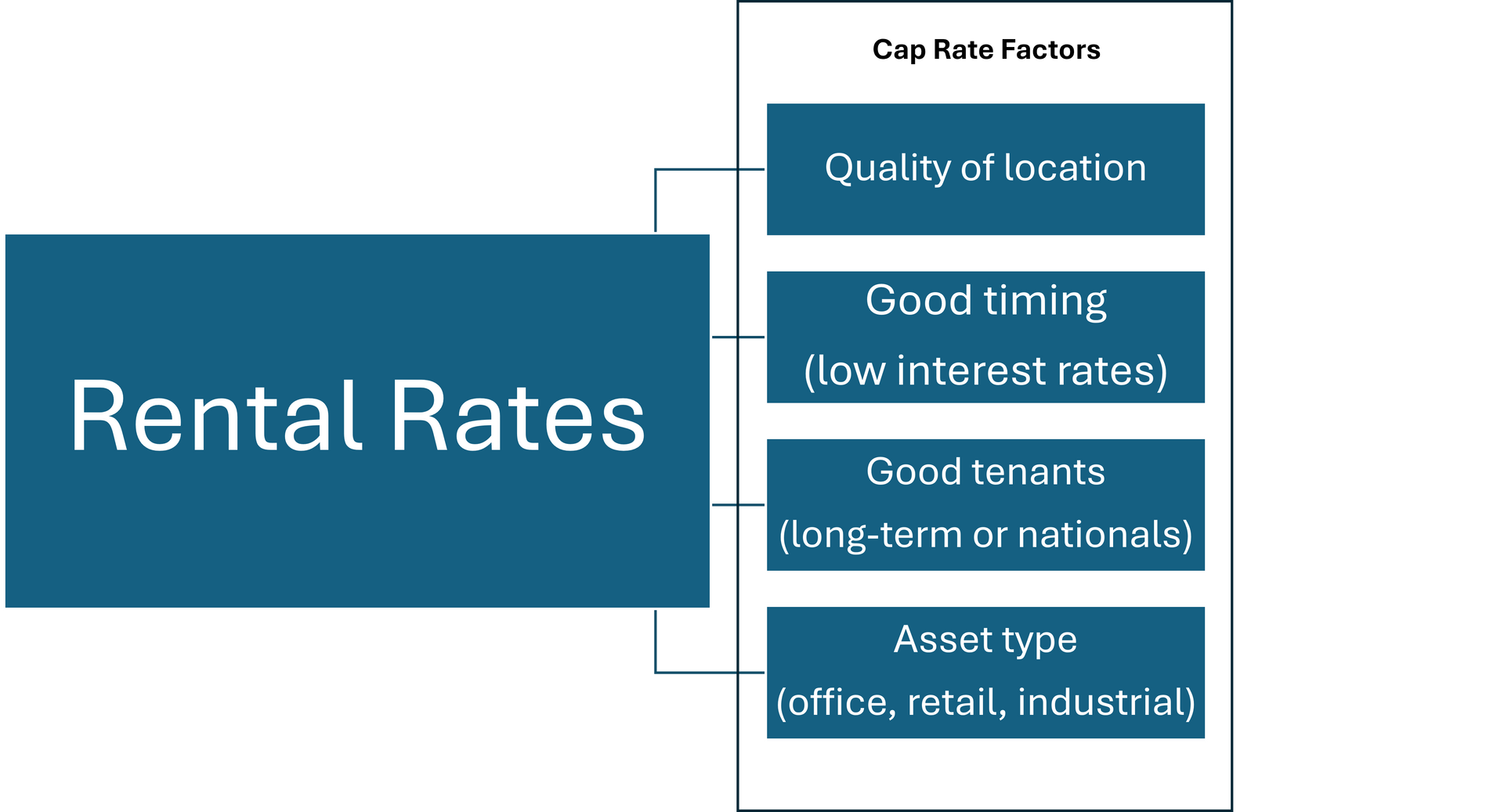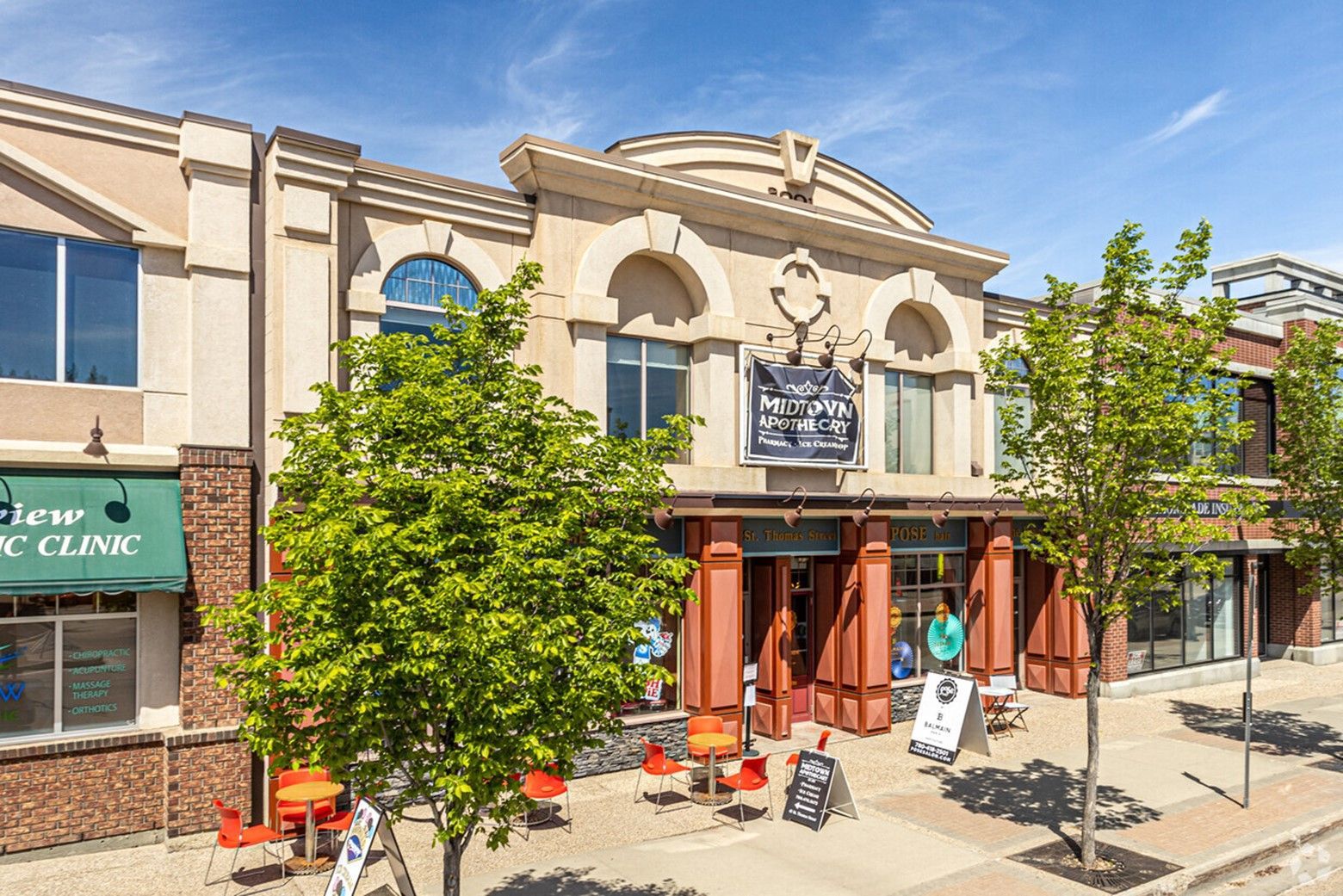How does commercial leasing work?
How leasing works - a practical guide

If you have a new business and you’ve never leased before, the process can seem daunting. There are legal terms to understand and implications of risks and costs that may not be apparent when you start. But, as with any large task, you eat an elephant one bite at a time. In this article, I will try to break down the commercial leasing process into a step-by-step summary so you can eat the elephant.
The first thing to understand is that every landlord is different and the behavior of every landlord will depend on:
- Their building
- Their experience in the industry as a landlord
- Their history with past tenants
It may take some landlords days to get back to you, even weeks, and others will respond to you within a few hours.
The level of accommodation will also vary dramatically with the landlord and their tolerance to risk.
When you’re dealing with a large institutional landlord, there will be a process that they will plug you into, and you will be expected to jump through their hoops to satisfy their requirements for tenant review. The thing to understand is that these landlords are accountable to a board of directors and their investors. So it’s in their best interest to ensure that any tenant that they put into the space will be a good fit for the property and will stay there long term with a minimum of fuss.
The essential thing to understand in a deal is that it will probably happen if everybody wants to do it. And if one party doesn’t want to do the deal, the deal almost certainly won’t happen. The key is to reach an agreement on all terms acceptable to all parties so that everybody is comfortable proceeding with the deal.
So the first thing is the willingness of all parties.
The second item is going to be the contract. I am not a lawyer, so none of this is legal advice.
The contract is a written representation of what is agreed between the parties. The contract is useful in ensuring that all terms are observed and in ensuring that the parties remember all terms to the agreement. If there are a lot of specifics, then the offer document should go into detail about what is agreed to. If it’s not in writing, then it may not happen. This is not because of any manipulation or bad faith on either side of the deal but it simply because during the negotiation, many things will be discussed many things will make it into the offer, and many things will not and the offer document is the written agreement of what will be going into the deal. Again, many things are discussed during a transaction, but the offer document governs the agreement.
There are many terms in the offer, and all of these terms can matter and the appropriate circumstances but generally speaking only a few deal terms really do matter.
Before getting into specific clauses, you should understand that a deal will have terms and conditions. A term is something that is agreed to by the parties. A condition is something that must be satisfied by one or both of the parties before the deal is binding. So while the length of the lease being five years is a term, a review of the formal lease document prior to signing would be a condition. The review must be completed and satisfied before there is a deal, whereas 5-year length of a deal is something that is agreed.
So jumping right into significant terms, in a lease agreement, one of the main terms is going to be the length of your lease, otherwise known as a "term" of the lease. In a standard commercial lease, this can be anywhere from 3 to 10 years, but it can be anything as long as the parties agree to it. So this can be done in months in days in years doesn’t really matter as long as the parties agree.
The next term is your rental rates. This is how much money the space will cost you. The way that this is calculated is a rental amount expressed as price per square foot. So if your space is $20 per square foot and the size of your unit is 2,000 square feet, then your annual rent is $40,000. This is broken down into monthly rent by dividing into 12 months.
$20/sqft X 2,000 sqft = $40,000/year = $3,333/month (plus GST)
Your rental amount is typically broken down into two figures. This is basic and additional rent. Sometimes the additional rent is called operating costs, so if you see that, chances are you talking about the same thing. Your additional rent or operating costs cover things like taxes, maintenance insurance, utilities and several other items that go into the property, such as management. Basic rent is going to go into the pocket of the landlord. So working off the above example if the basic rent is $20 per square foot and the additional rent is $10 per square foot for the 2000 square feet, you’re paying the landlord $40,000 per year annually and you are paying $20,000 per year in expenses.
What is included in the operating costs will vary from landlord to landlord and building to building, so it is essential to ask what is included in the operating costs anywhere you go.
Additional important clauses include signage which will dictate where and how you can advertise and how much it costs.
Another clause you will likely encounter is a parking clause which will dictate where you can park, when you can park, and how much it costs to park.
You’re also likely to see an assignment and subletting clause. What this cause does is it allows you as the tenant to find another tenant to take over your space should the need arise at any point during your term. This provides some protection in the event that you go out of business and grants you the ability to assign the lease if you sell the business.
You can expect to pay a deposit as well as part of your leasing process. The deposit will vary again with the landlord and with the amount of risk that they perceive in the deal. Sometimes the deposit is a couple of months of rent and sometimes, it’s much more than that.
Another way that a landlord can mitigate their risk in the deal is to ask for a personal guarantee. What this does is it removes the protection granted by a corporation to the individual. So if Tom incorporates Alberta 123 LTD and signs the lease under the company then if the company fails the landlord can sue Alberta 123 LTD. However, if Tom personally guarantees his company, the landlord can sue Alberta 123 LTD and Tom. This assures the landlord that the tenant will perform its obligations under the lease.
So those are some key terms that you’re likely to encounter.
On the condition side of the deal, a few protections can be wise to employ depending on your circumstances.
First is a contractor estimate condition. This would say that if you get quotes for construction far exceeding what you expected to pay, you would be able to terminate the lease agreement without further recourse from the landlord. This is a good idea if you expect construction costs to be high or if you don’t know what construction costs will be.
Next, is a city licensing and permits condition. This will vary in every municipality, so you will have to rely on your contacts at the respective municipality and your agent. Cities typically utilize a zoning bylaw which will determine what business can go and what location. This originated from past decades and centuries when residential neighborhoods were located directly adjacent to heavy industrial workshops including coal-fired manufacturing plants. This caused health issues in the cities, so local municipal governments would break up the city into zones where certain activities could occur. The result of this today is that specific uses can go into certain commercial spaces while they can’t go into others. This is an area in which again, you can rely on your agent for direction. Beyond zoning bylaws, there may also be health codes specific to your business which will impact where you can go and what kind of improvements must be made within the space. This is especially true for healthcare restaurant owners and anything that deals with toxic chemicals or exhaust.
Just like terms, you can have a condition for anything. If you want your dog to walk through the space and bark it’s approval you can have that condition as well, but the major conditions will be for contractor estimates and to deal with any permitting issues. Other less common but still relevant conditions could include board of directors review, third party review, lawyers review, etc.
So that is terms and conditions. You may think you’re done but there is one more step.
Most landlords will use what’s called a formal lease agreement or standard lease agreement. This is a long-form document that will incorporate the deal terms included in the offer to lease. In addition to the deal terms , the formal lease agreement will also deal with issues such as default, which is the tenant breaking the lease in some way, and exactly what is included in maintenance. What’s critical in the formal lease agreement is to review rules and regulations for the building to ensure that these agree with whatever your activity is going to be in the building. If there are rules and regulations that put you into default, you probably want to adjust them so that that doesn’t happen.
The formal lease agreement tends to sit in the drawer, and while the document can seem daunting and overbearing, it usually has minimal effect on all parties, provided the tenant pays its rent. The real litmus test for the lease is if the tenant acts in good faith, is he likely to run into problems with this lease agreement? If the answer to that question is yes, you probably want to make changes to change that. If the answer to that question is no and the tenant paying rent will be sufficient to maintain a happy relationship, then there’s usually no problem.
Again, you should seek the expertise of a consultant or a lawyer who has experience in these matters.
The process can seem daunting, but the way that you eat an elephant is one bite at a time.











